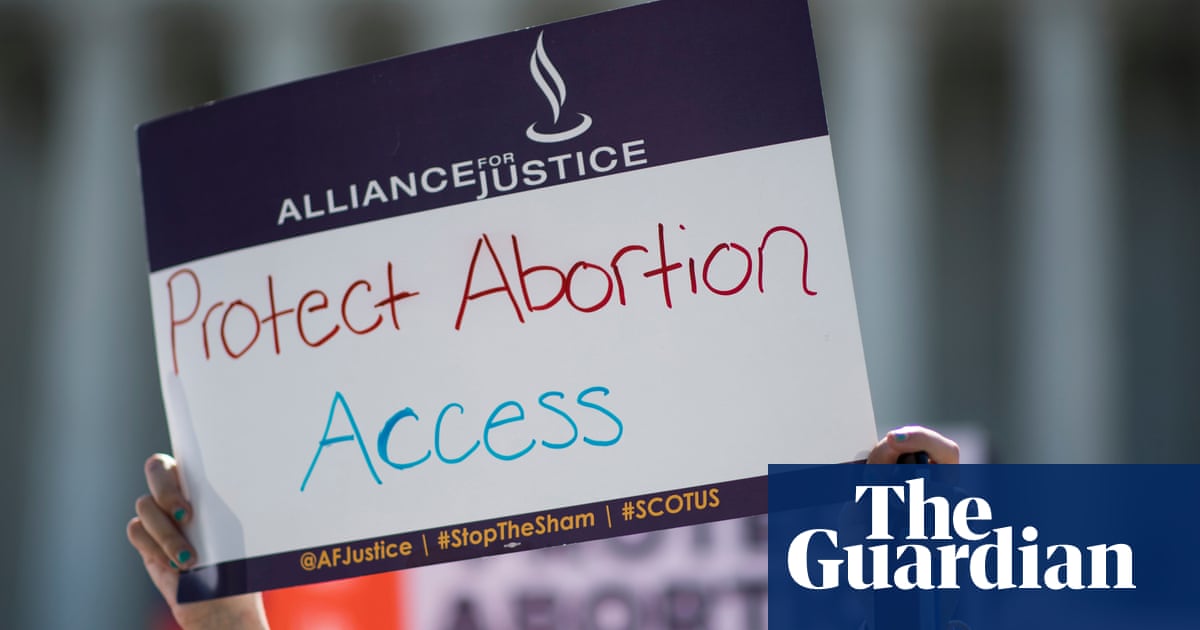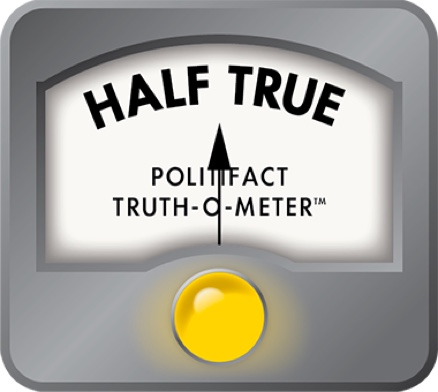Originally at https://www.theguardian.com
Project 2025, the wishlist for a Trump 2.0 administration drawn up by the influential thinktank the Heritage Foundation, proposes mobilizing an array of government agencies to curb access to abortion – up to and including a national ban on abortion pills that would affect even states that protect abortion rights.
Backed by more than 100 conservative organizations, the 922-page Project 2025 has become notorious in recent weeks as Kamala Harris has started bringing it up at rallies. Donald Trump has tried to distance himself from its many proposals, claiming he doesn’t know anything about Project 2025 and has “no idea who is behind it” – even though his administration’s officials wrote chunks of it. While the director of the blueprint stepped down last week, a move that the Trump campaign celebrated and that leaves its future operations unclear, the policy ideas endure and closely align with Trump’s platform.
“The Dobbs decision [overturning Roe v Wade] is just the beginning,” Project 2025 reads. “Conservatives in the states and in Washington, including in the next conservative administration, should push as hard as possible to protect the unborn in every jurisdiction in America.”
Project 2025 takes direct aim at abortion pills, indicates that fetuses should have legal rights, and seeks to expand “surveillance” of abortion while eliminating government support for the procedure. In its architects’ view, abortion is not healthcare and should never be treated as such.
“Project 2025’s whole-of-government approach to dismantling reproductive rights by weaponizing federal agencies and consolidating executive branch power is unprecedented – and goes against most Americans’ wishes,” said Caroline Ciccone, president of the watchdog group Accountable.US, which has been studying the plan.
Enforce the Comstock Act
Project 2025’s most audacious proposal may be the easiest to enact: the playbook suggests that a future conservative administration enforce the Comstock Act, a 151-year-old anti-obscenity law that prohibits the mailing of abortion-related materials, to ban people from shipping abortion pills. Because abortion clinics rely on the mail to send and receive the pills, as do the advocates who help people induce their own abortions, enforcing the Comstock Act could result in a de facto national ban on medication abortion.
After Roe fell, Biden’s Department of Justice issued guidance saying that the Comstock Act only applies to people who intentionally break the law. But a Trump administration could roll back that guidance and thus sidestep a gridlocked Congress to ban the most popular type of abortion.
Reverse FDA’s approval of abortion pills
This year, the US supreme court rejected a lawsuit from anti-abortion activists who wanted to reverse the FDA’s approval of mifepristone, a common abortion pill, ruling unanimously that the activists did not have the legal standing to sue. But a Project 2025 proposal suggests avoiding the courts altogether and, instead, having the FDA reverse its 2000 approval of mifepristone altogether. That reversal would yank the drug from the market.
“Now that the supreme court has acknowledged that the constitution contains no right to an abortion, the FDA is ethically and legally obliged to revisit and withdraw its initial approval,” Roger Severino, who served as the head of Department of Health and Human Services (HHS) office of civil rights under Trump, wrote in Project 2025. Severino also suggests that, as an “interim step”, the FDA reverse guidance that allows providers to offer abortions via telemedicine – which currently accounts for 19% of all abortions nationwide.
“The FDA isn’t a purely independent agency,” said Mary Ziegler, a professor at the University of California, Davis School of Law who studies the legal history of reproduction. “The secretary of HHS has a lot of ability to override both FDA rule-making and FDA approval decisions. Even if the FDA does not want to do anything, the secretary of HHS – who’s a political appointee – could or would, potentially.”
Roll back privacy protections for abortion patients
In June 2022, after the US supreme court overturned Roe v Wade, the Biden administration issued guidance asserting that, under the Health Insurance Portability and Accountability Act (HIPAA), healthcare providers can talk to law enforcement about abortion patients only in “narrowly tailored” circumstances. For example, hospital workers are not allowed to tell cops that they suspect someone may have taken pills to induce an abortion. Cops also cannot demand records from an abortion clinic without a court order.
Project 2025 demands that the Department of Health and Human Services withdraw that guidance. “HIPAA covers patients in the womb, but this guidance treats them as nonpersons contrary to law,” the playbook reads. “The guidance is unnecessary and contributes to ideologically motivated fearmongering about abortion after Dobbs.”
It is legal in all but one state – Nevada – to “self-manage” your own abortion, but abortion rights advocates have long warned that, if a prosecutor wants to charge you for an abortion, they will find a statute elastic enough to do it. Between 2000 and 2020, 61 people were criminally investigated or arrested for allegedly self-managing their abortion or helping someone else do so.
Project 2025’s language also suggests that fetuses deserve to be legally recognized as people. If this idea, known as “fetal personhood”, were ever fully enacted, it would not only completely ban abortion but rewrite vast swathes of US law.
Increase CDC ‘surveillance’ over abortion
The CDC already collects information about abortion from most of the country, in a report that the agency titles “abortion surveillance”. But its reports are incomplete, since states such as California do not supply the data. Project 2025 suggests that the CDC should go so far as to cut funds from a state if it does not tell the CDC “exactly how many abortions take place within its borders, at what gestational age of the child, for what reason, the mother’s state of residence, and by what method”.
Eliminate some immigrant girls’ access to abortion
During the Trump administration, officials at the Office of Refugee Resettlement (ORR) – which cares for minors who cross the border without parents or guardians – refused to let teen girls get abortions until a court ordered them to do so. In light of Roe’s demise, Project 2025 wants ORR to once again refuse to facilitate abortions. If that refusal leads to a lawsuit, the playbook wants a conservative administration to “fight to defend that policy up to the US supreme court”.
Reshape the nation’s largest family planning program
The Trump administration took a hammer to Title X, the nation’s only federal family planning program. Clinics that receive money through Title X are tasked with providing low-cost or free family planning services – such as birth control and STI screenings – to people regardless of age, immigration status or income. These clinics are already forbidden from using Title X dollars to pay for abortion services, but the Trump administration in 2018 barred Title X clinics from even counseling patients about the procedure.
Rather than cave to what critics saw as a “gag rule”, more than 1,200 clinics left the Title X network. Between 2018 and 2020, the number of Title X patients dropped by 60%.
The Biden administration rescinded Trump’s Title X provisions but Project 2025 suggests reviving the so-called gag rule, as well as reframing the 54-year-old program “around fertility awareness and holistic family planning”. Fertility awareness, a birth control method that involves tracking your cycle rather than using hormonal contraception, is typically only about 75% effective in preventing pregnancy. (Separately, the playbook also suggests removing Ella, a form of emergency contraception, from the Affordable Care Act’s contraceptive mandate.)
Project 2025 wants to require Title X clinics to provide patients with information about “the importance of marriage to family and personal well-being”. Ultimately, the playbook says, the HHS should pursue a “family agenda”.
It declares: “Married men and women are the ideal, natural family structure because all children have a right to be raised by the men and women who conceived them.”
Read the Original Story




